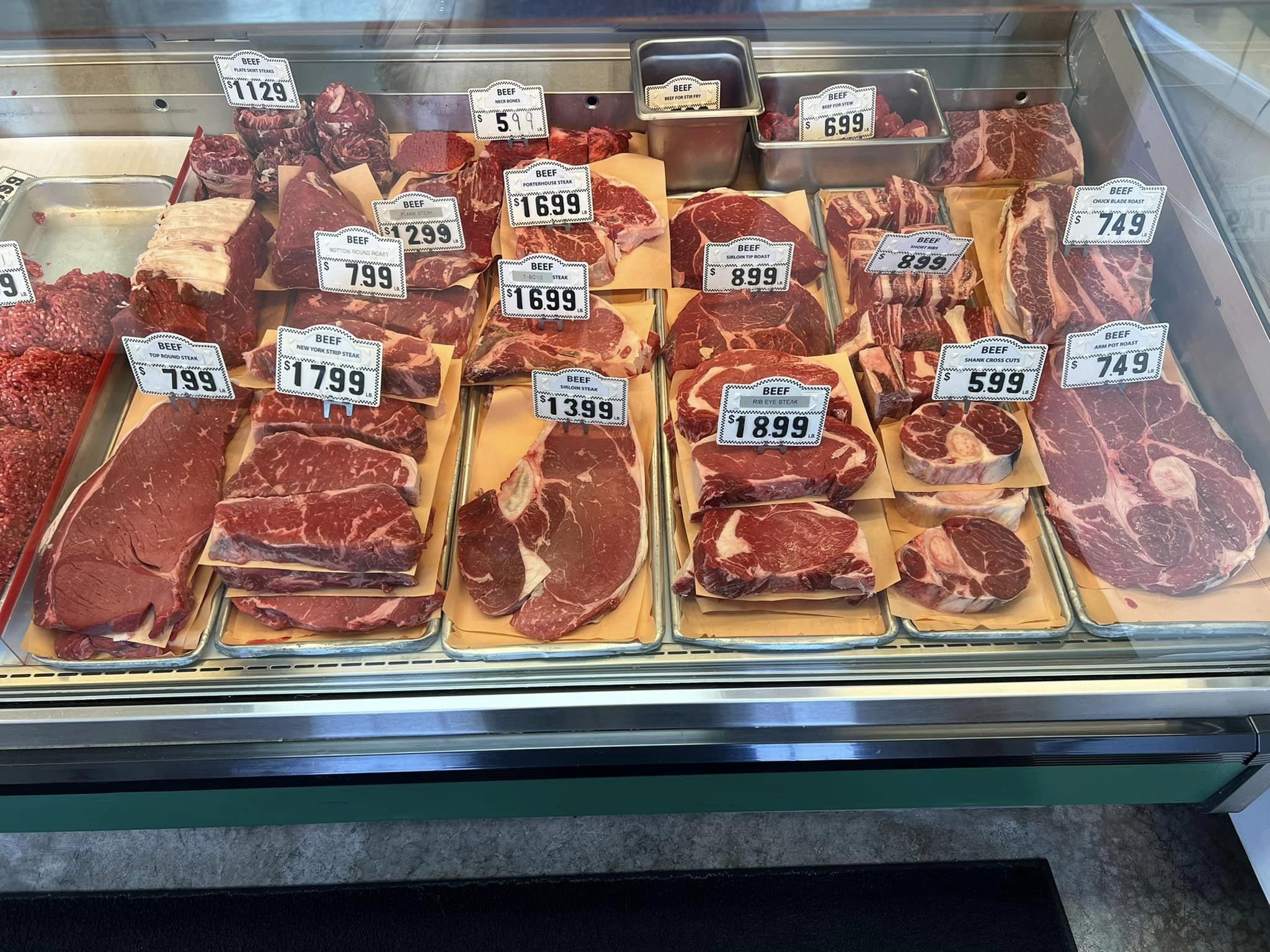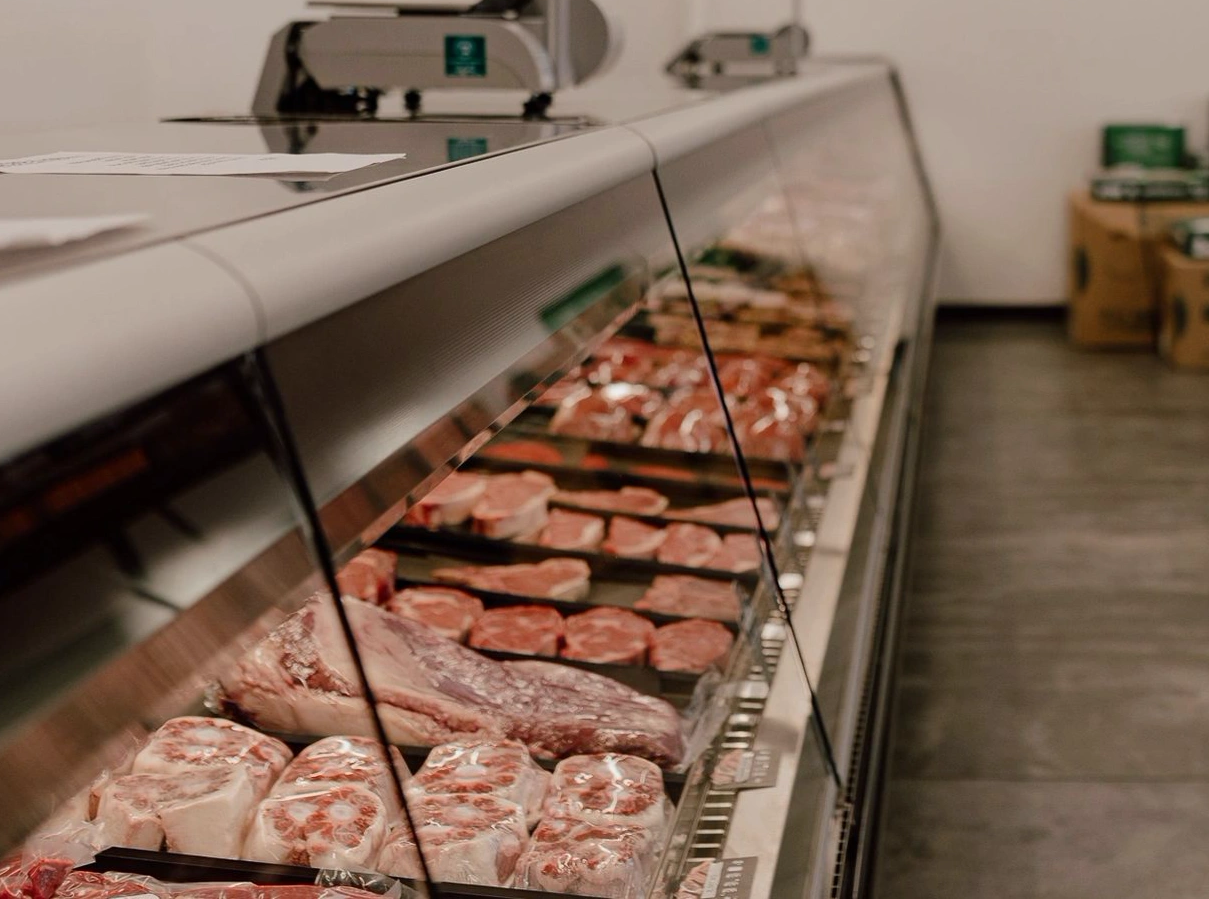Discover the Finest Option of Cuts From Local Meat Market
In an age where the beginnings of our food are more considerable than ever before, discovering the finest option of cuts from your local meat market provides an engaging narrative of quality and integrity. These markets not only guarantee unparalleled freshness and taste but also offer insights into the nuances of different primal and sub-primal cuts. As we discover the benefits of shortened supply chains and seasonal selections, there lies a deeper tale about sustaining sustainable techniques and enhancing your culinary arsenal. What secrets do these neighborhood purveyors hold that could transform your following meal into a premium experience?
Benefits of Local Meat Markets
Neighborhood meat markets use various advantages that are ending up being progressively substantial in today's food landscape. Since the supply chain is shorter, local meat does not sustain prolonged transportation times, preserving its quality and dietary worth.
Additionally, regional meat markets often support lasting farming techniques. Lots of neighborhood manufacturers take part in ecologically friendly and ethical farming methods, which add to the well-being of pets and the preservation of natural deposits. By picking to purchase from these markets, consumers can contribute in promoting sustainable farming and reducing their carbon footprint.
In addition, local meat markets contribute to the economic vigor of areas. By supporting regional manufacturers, customers help suffer local business and foster economic development within their area. This financial support can cause work production and help keep the one-of-a-kind character of local neighborhoods.
Comprehending Various Meat Cuts
An essential element of making educated getting choices at regional meat markets is comprehending the various cuts of meat available. Primarily, meat is classified into primal, sub-primal, and retail cuts.
For instance, from the beef primitive cut, the loin, one can acquire sub-primal cuts like tenderloin, resulting in retail options such as filet mignon. The rib primal cut consists of sub-primal ribs, creating retail choices like ribeye steaks. Recognizing these differences aids in selecting cuts that straighten with culinary needs and individual preferences
Furthermore, cuts differ in tenderness and fat web content, influencing their ideal food preparation techniques. Tougher cuts like brisket take advantage of slow food preparation, while tender cuts like sirloin are suited for grilling. By realizing these nuances, consumers can improve their cooking experiences and maximize their meat acquisitions.

Expert Tips for Choosing Meat
Choosing the ideal cut of meat calls for not only knowledge of the different alternatives available but likewise a keen understanding of top quality signs that experts use to make their try this site options. Emphasis needs to be placed on the color of the meat. Lively, abundant shades normally mirror quality, while plain or grayish tones might show aging or inappropriate storage space. Next, think about marbling, the fine streaks of fat within the muscle. A well-marbled cut frequently promises boosted flavor and tenderness, as the fat thaws during cooking, improving the meat's structure and taste.
Another important aspect is the meat's appearance. Expert guidance additionally involves examining the product packaging, if appropriate.

Finally, understanding the online reputation and sourcing methods of your local meat service provider can supply understandings right into the top quality and moral criteria of the meat. Engaging with knowledgeable butchers can offer important recommendations tailored to specific culinary demands, making certain a premium eating experience.
Ideal Seasonal Selections

Selecting seasonal cuts not only ensures quality but likewise straightens with the peak quality of different meats. you can try these out Pork, commonly treated and preserved in the cooler months, uses an abundant range of cuts like pork and bacon during winter, when pigs are butchered after being plumped on fall harvests. Fowl, on the other hand, is often at its best during late springtime and early summer, when chickens have grown on a diet of fresh grains and eco-friendlies.
Supporting Sustainable Practices
Embracing lasting techniques in meat manufacturing is necessary for advertising environmental health and wellness and guaranteeing the longevity of local ecosystems. In the context of neighborhood meat markets, sustainability entails a dedication to honest farming methods, decreasing carbon footprints, and sustaining biodiversity. By prioritizing these practices, producers not just improve the high quality of their offerings but additionally add positively to their areas and the world.
Local meat markets play a crucial function in promoting sustainable farming by sourcing items from farms that implement environmentally friendly approaches. These might include rotational grazing, natural feed, and integrated pest management, which jointly decrease environmental influence and advertise pet welfare. By picking to support such markets, consumers can directly affect the need for sustainably increased meat, encouraging more manufacturers to embrace these techniques.
In addition, lasting methods in meat production can considerably minimize the sector's eco-friendly footprint. Lessening resource use and waste generation through cutting-edge farming techniques can lead to significant decreases in greenhouse gas emissions. This is vital in addressing internet climate adjustment and preserving natural sources for future generations. Sustaining lasting practices not only benefits the atmosphere yet additionally aligns with a broader commitment to accountable usage and manufacturing.
Conclusion
Local meat markets use unparalleled advantages in terms of high quality, quality, and sustainability. By providing a diverse variety of primitive and sub-primal cuts, these markets deal with different culinary preferences while guaranteeing transparency in sourcing. Seasonal selections, such as springtime lamb and fall beef, improve the cooking experience with distinct tastes and inflammation. Supporting local meat markets not only promotes lasting farming practices but additionally adds to an extra educated and rewarding culinary journey.